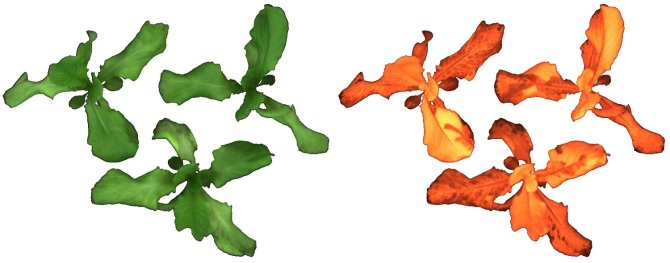
Project
Phenotyping 4 Profit - for disease resistance in plants
In the era of genomics, genotyping plants is no longer the issue. However, plant phenotyping (especially of diseased plants) is critically lagging behind. Current methods to assess diseases in plants rely on visual estimation by trained experts. This is time-consuming and subjective, making it expensive and difficult to quantify or compare between experts and evaluations.
Sensor-based methods can provide an advantage over current methods by creating non-destructive, high-throughput, objective, reusable and standardized phenotypic data. This will contribute to a rapid disease detection and better understanding of the genetic components determining plant resistance and susceptibility.
Background
Many important aspects of the infection process and disease development cannot be observed by eye. Also, the latency period before disease symptoms are expressed can be very long.

Innovative, sensor-based methods for the detection and evaluation of plant diseases have been developed earlier. Their application to quantify disease and also to detect non-symptomatic stages of the infection has been demonstrated, but mostly on a small scale. Particularly, chlorophyll-fluorescence-based methods and multi/hyperspectral imaging provide a fast and non-destructive way of scanning plants for diseased areas. These novel methods will be applied in this project to improve the monitoring of disease onset and will support timely decision of disease management in general. The project will, together with the breeding companies involved, explore how these screening approaches can be applied to launch breeding programs in which large populations are screened on plant disease resistance and susceptibility.
Project description
In collaboration with the partners, digital phenotyping tools with amongst others the tools implemented in the NPEC facility will be used to visualize a range of different type of plant pathosystems from the leaf level to the climate chamber, greenhouse and field level.